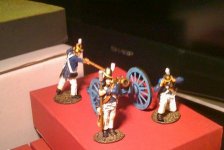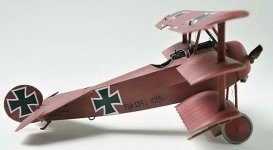mikemiller1955
Lieutenant General
- Joined
- Aug 3, 2008
- Messages
- 17,607
MIKE.......
You are going to have to get 2 extra men for each of
those cannons to put the ball in the barrel, that is
some beast. Have a good day.
Manitous...I told John it looked huge...he said it was the angle of the camera...hehehe...I don't know...I may be wrong...but I think he actually said the wheels were smaller than on a 6, 8 or 12...I do hope it is a big as it looks and I hope we get a dozen men to man it...I think Nicholas once told me that some crews for a gun this size could be as large as 14 men...I think John's artillery crews for 1812 are some of the best I have seen...I am so hoping John starts going after artillery crews in a big way...I think everybody likes these figures...he has created some really unique poses...




